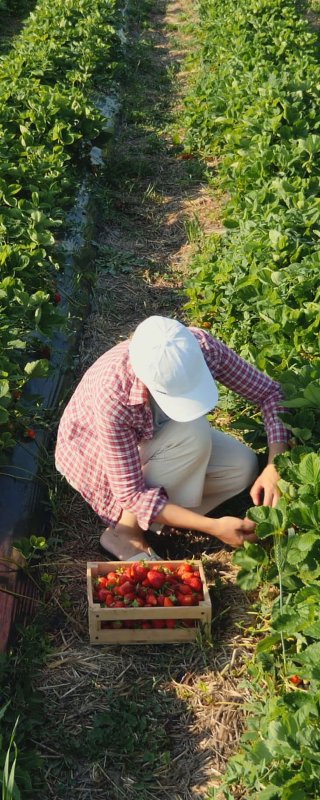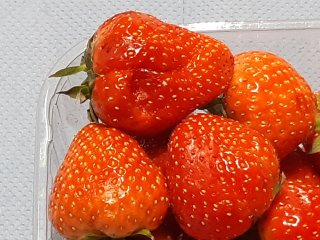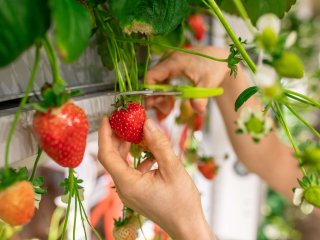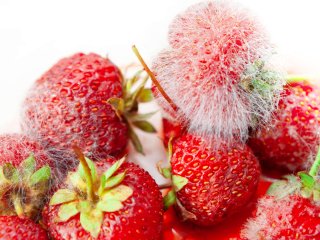
Harvest practices for strawberry
Proper picking is an essential start to being successful in the rest of the strawberry chain. The performance of the pickers is therefore critical to deliver a good quality product. First of all, picking at the right maturity is important to develop a satisfactory taste. Picking and further handling must be done carefully to avoid bruising and other damage to the product. The use of clean and suitable materials such as harvest crates also serves this purpose.

Careful handling makes a difference
Strawberries are very delicate and easily damaged. A good picking procedure is extremely important for the quality later in the chain. After a few days, very careful handling may result in a significantly reduced damage rate. The difference between 'normal' or very careful handling becomes even bigger at a longer shelf-life. Reduction of handling also reduces damages. Therefore, packing directly in the field is a good option. This means that the picker packs the strawberries directly into the final crate or punnet for retail. Picker performance is critical, so the responsibility of the picker in correct grading and packing is high. Quality must be assured by good training and instruction and monitoring of individual pickers. The alternative is to pack later in a packhouse, which enables better and easier sorting and grading options.





